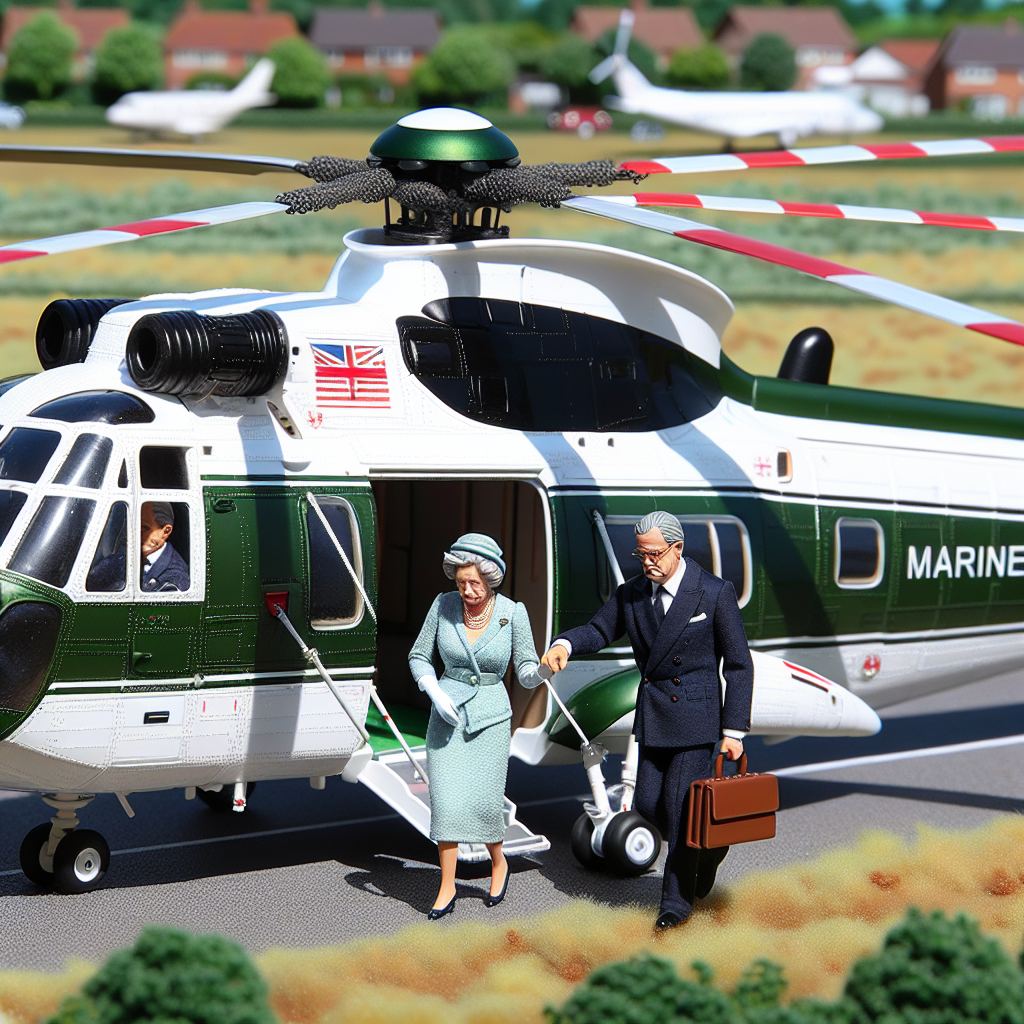The White House announced that President Donald Trump and First Lady Melania were forced to make an emergency landing at a local airport while en route to London Stansted Airport aboard “Marine One” due to a minor hydraulic issue. They subsequently transferred to a support helicopter.
White House spokesperson Karoline Leavitt informed reporters that the precautionary landing was made at the local airport before the aircraft reached Stansted Airport, ensuring the safety of the President and the First Lady upon boarding the support helicopter.
On the same day, President Trump met with Prime Minister Boris Johnson at the Chequers, the Prime Minister’s countryside residence. The two leaders signed the “Technology Prosperity Agreement” and held a joint press conference. Following the meeting, President Trump departed Chequers aboard “Marine One.”
According to Fox News, the flight from Chequers to London Stansted Airport was originally scheduled to take 20 minutes but due to the hydraulic issue, it took nearly 40 minutes for the President and the First Lady to arrive. No injuries were reported during the incident. Trump and Melania then flew back to the United States aboard Air Force One from Stansted Airport, concluding their two-week state visit to the United Kingdom.
“Marine One” helicopter is designed for short to medium-range flight missions. According to data from Military.com and Aero-Web, one of the helicopter models in the fleet – the Sikorsky VH-3D “Sea King” helicopter has a top speed of around 160 miles per hour and a range of approximately 450 miles. This range is sufficient to meet the short-range flight needs of the U.S. President, for example, from the White House to Camp David. When the President travels overseas, “Marine One” must be transported by cargo plane.

